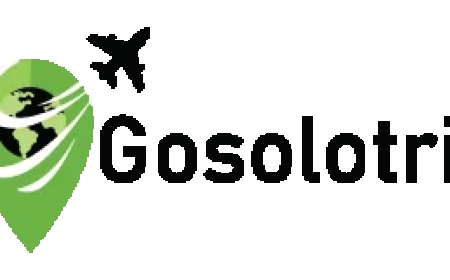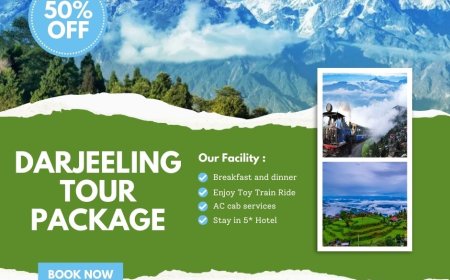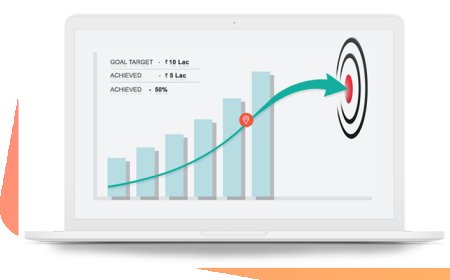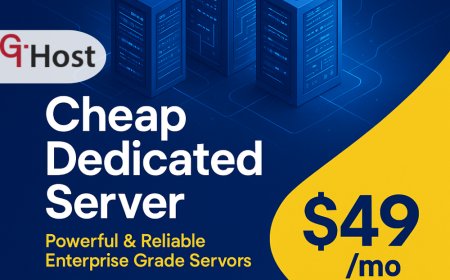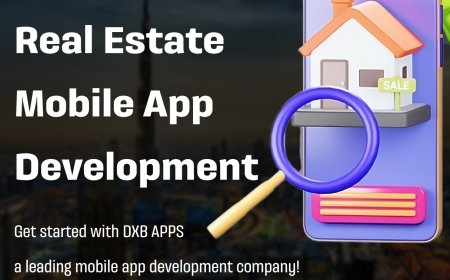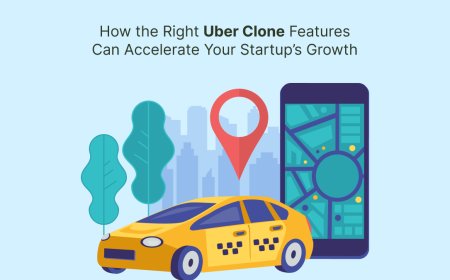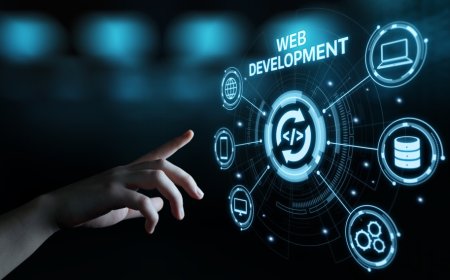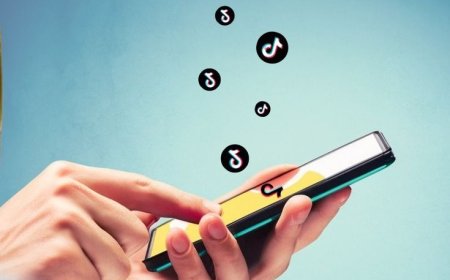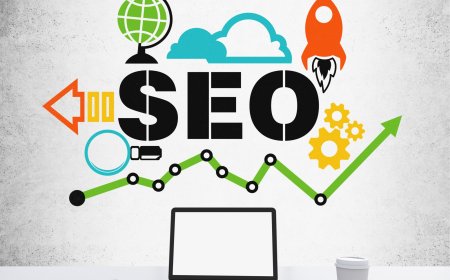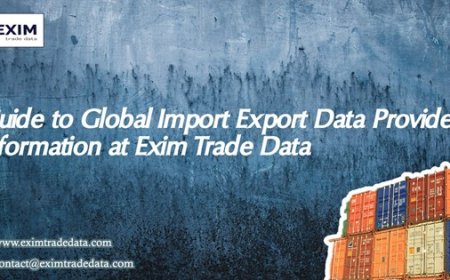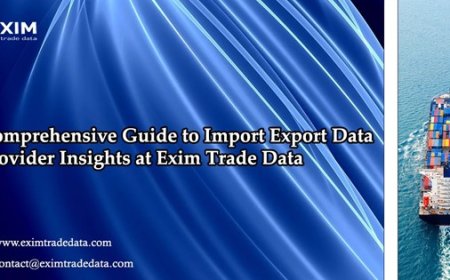Humanizing the Digital Experience: B2B Audience Engagement Strategies That Work
Building emotional resonance requires consistency across platforms and channels. Whether through social media, email, or content marketing, every touchpoint should reinforce that your brand understands their challenges and is committed to helping solve them.
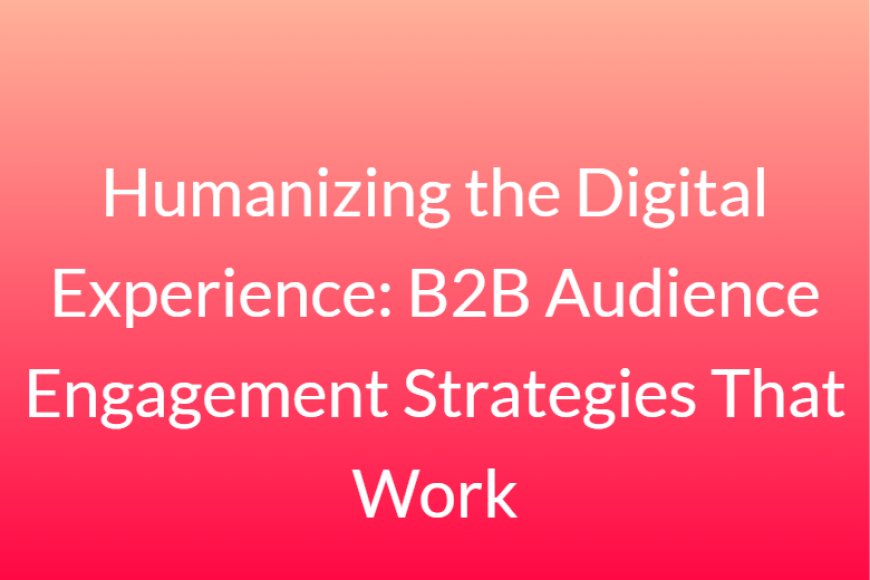
1. Beyond the Transaction: Why Human-Centered Marketing Matters
In the B2B world, decision-makers arent just evaluating vendors theyre evaluating people, relationships, and value alignment. Even in complex purchase cycles, emotional intelligence plays a key role in brand affinity and buying decisions. Thats whyB2B Audience Engagement
must go beyond features and specs to deliver a more human, relatable experience.
By using storytelling, authentic messaging, and meaningful content, B2B marketers can create trust that grows over time. Its not just about leads or conversionsits about connection. The more personal your approach, the more likely your audience is to engage, return, and advocate for your brand.
2. First-Party Data: The Power of Personalized B2B Audience Engagement
With the phaseout of third-party cookies, collecting and leveraging first-party data has never been more important. Smart B2B audience engagement now relies on what prospects directly sharethrough web behavior, form fills, content preferences, and email interactions.
Use that data to create detailed behavioral profiles that go beyond firmographics. What topics are they clicking on most? Which email subject lines get them to open? Are they interested in thought leadership, ROI calculators, or peer benchmarks?
Tools like customer data platforms (CDPs) allow you to consolidate this information and activate it across marketing channels. When a returning visitor is greeted with content tailored to their recent activity, they feel seenand thats the foundation of sustained B2B audience engagement.
Behavior-driven personalization also increases campaign efficiency. Instead of blasting all leads with the same message, you deliver relevant insights that match their current interest and funnel stage.
3. Building Value in Real-Time: Conversational Engagement Channels
Real-time engagement adds urgency and interactivity to your strategy. When done right, these tactics elevate your B2B audience engagement by offering instant value and humanized conversations.
Live Chat & AI Assistants
Deploy smart chatbots to engage visitors the moment they land on high-intent pages. Whether recommending content, qualifying leads, or booking demos, these bots keep prospects engaged at crucial moments.
Webinar Q&As
Go beyond one-way webinars. Enable open Q&A formats, live polling, and attendee networking to foster direct participation. These sessions make prospects feel included and heardessential components of deep B2B audience engagement.
LinkedIn Voice & Video DMs
For high-value accounts, human touchpoints through LinkedIn voice notes or short video messages can leave a lasting impression. Personalized outreach demonstrates initiative, authenticity, and professionalism.
Real-time channels bridge the gap between static messaging and live communication, accelerating the trust-building process.
4. Visual Storytelling: Designing for Engagement, Not Just Information
Modern buyers prefer to consume content visually. Static PDFs and text-heavy blogs often underperform in todays fast-paced digital environment. To drive better B2B audience engagement, leverage visual storytelling as a core tactic.
Infographics & Data Visuals
Turn complex stats into digestible visuals. Infographics simplify decision-making and are highly shareable on LinkedIn and SlideShare, extending your reach while informing your audience.
Short-Form Video
Explainers, how-tos, behind-the-scenes, and testimonial clips offer high engagement with low friction. Keep videos under 90 seconds and include captions for silent viewers.
Interactive Design Elements
Add sliders, clickable diagrams, and animated transitions within your landing pages and blog content. This enriches the user experience and encourages visitors to spend more time on your siteboosting B2B audience engagement metrics like scroll depth and time on page.
5. Journey-Based Email Campaigns That Drive Engagement Continuously
Email remains the backbone of B2B marketing. But modern engagement requires more than just newsletters or product updates. Smart B2B audience engagement leverages journey-based email campaigns tailored to each users actions and intent.
Lifecycle Nurture Streams
Set up drip campaigns aligned with buyer journey stages. Deliver educational content at awareness, comparison tools at consideration, and success stories at decision-making points.
Behavioral Triggers
Use email automation to respond to actionswebinar registrations, form downloads, or pricing page visits. Emails triggered by behavior have significantly higher open and click-through rates.
Email Design & Format Optimization
Keep emails mobile-first, with strong visual hierarchy and a single, clear CTA. Shorter, personalized subject lines and preview text help improve deliverability and open rates.
Consistent and contextual email engagement ensures that your brand remains top of mind as buyers move through the funnel.
6. Account-Based Engagement: Tailoring Strategy for High-Value Targets
ABM (Account-Based Marketing) isnt just a buzzwordits an essential tactic for personalized B2B audience engagement among key accounts. ABM flips the funnel by identifying high-value targets first, then customizing content and outreach to win their attention.
Customized Landing Pages
Create personalized pages that speak directly to a target accounts challenges and industry trends. Include relevant case studies, team-specific testimonials, and industry-aligned CTAs.
Multi-Channel Retargeting
Coordinate your engagement across channelsemail, paid ads, social posts, and outbound SDR activity. The more touchpoints you deliver across different media, the stronger the engagement.
Sales-Marketing Alignment
Marketing provides contextual insights (downloads, clicks, interests), while sales uses that data to craft compelling 1:1 outreach. This synergy ensures your B2B audience engagement remains consistent, high-quality, and conversion-focused.
7. Community-Driven Engagement: Turning Buyers Into Brand Participants
Community-building transforms your audience from passive recipients into active contributors. Hosting industry groups, private communities, or peer-led forums enables organic B2B audience engagement beyond traditional campaigns.
LinkedIn Communities
Facilitate closed groups where users can share challenges, discuss industry changes, and engage with thought leaders. Position your brand as the facilitatornot the focus.
Branded User Communities
Create gated communities or Slack channels for customers and prospects. Share updates, organize AMAs, and invite them to beta-test new features. This turns audience members into stakeholders.
Interactive Learning Hubs
Build educational ecosystemsfeaturing webinars, certifications, quizzes, and knowledge pathsthat keep users coming back. These touchpoints help build loyalty while increasing visibility within your category.
Community engagement drives long-term value, increased referrals, and powerful insights you can use to further refine your B2B audience engagement strategy.
Read the Full Blog Now @ https://acceligize.com/featured-blogs/b2b-audience-engagement-best-practices/
About Us
Acceligize is a global leader in B2B demand generation and lead nurturing services. Our expertise bridges the gap between marketing and sales functions, delivering measurable outcomes through intent-based targeting, content syndication, and innovative outreach strategies. With our future-ready solutions, we help businesses scale pipeline performance and accelerate revenue growth. Partner with Acceligize to transform your lead generation strategy in 2025 and beyond.







